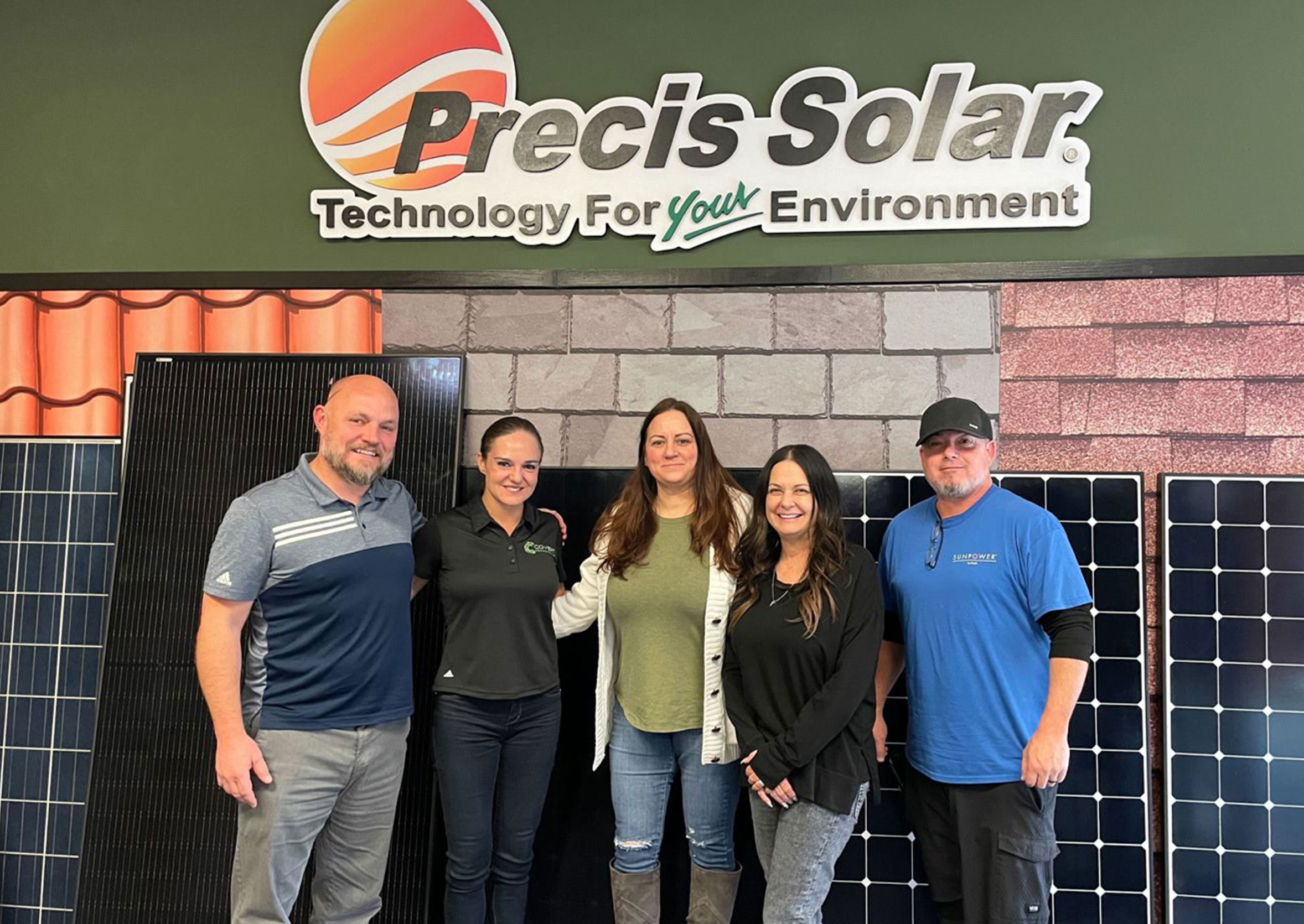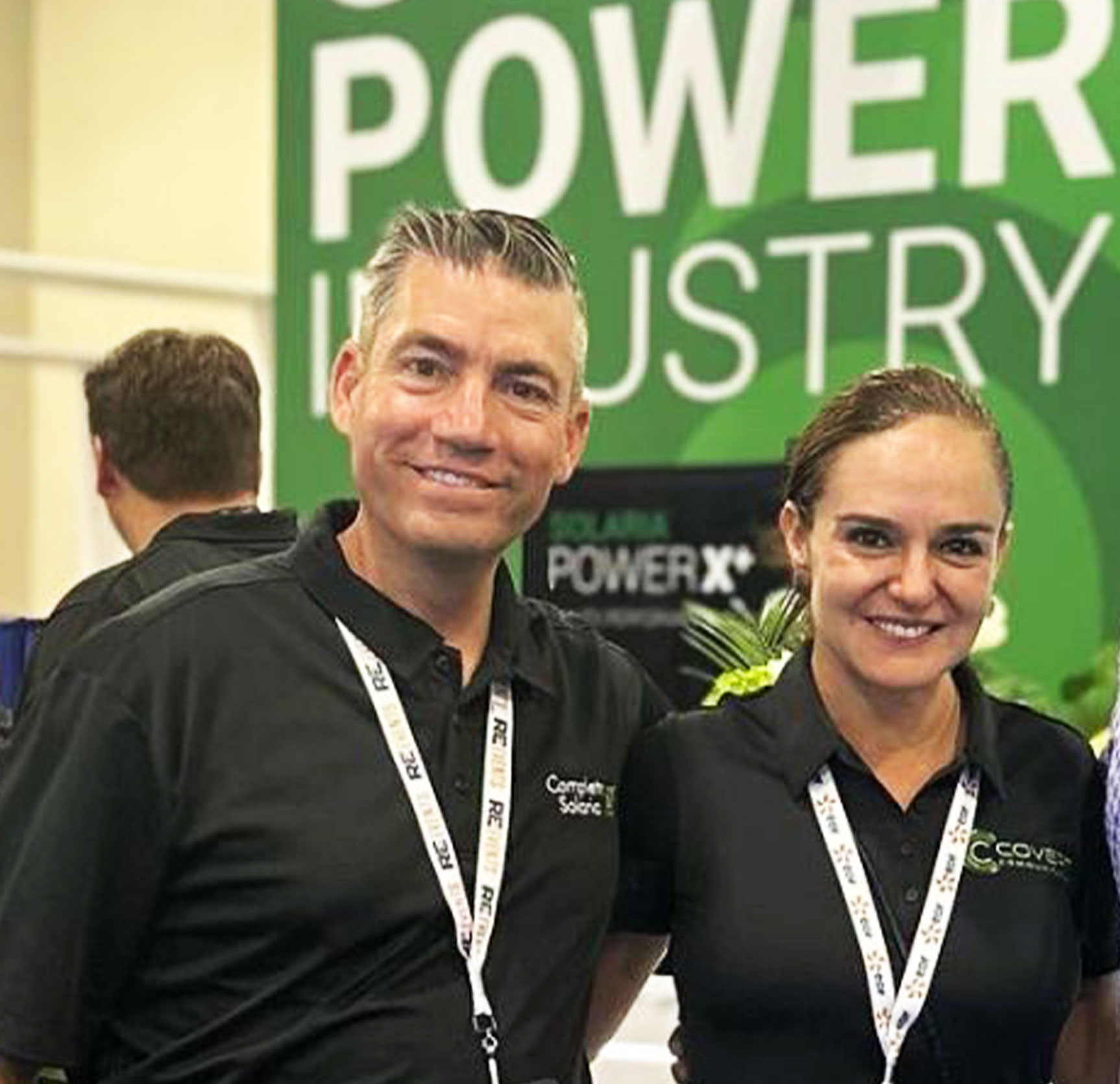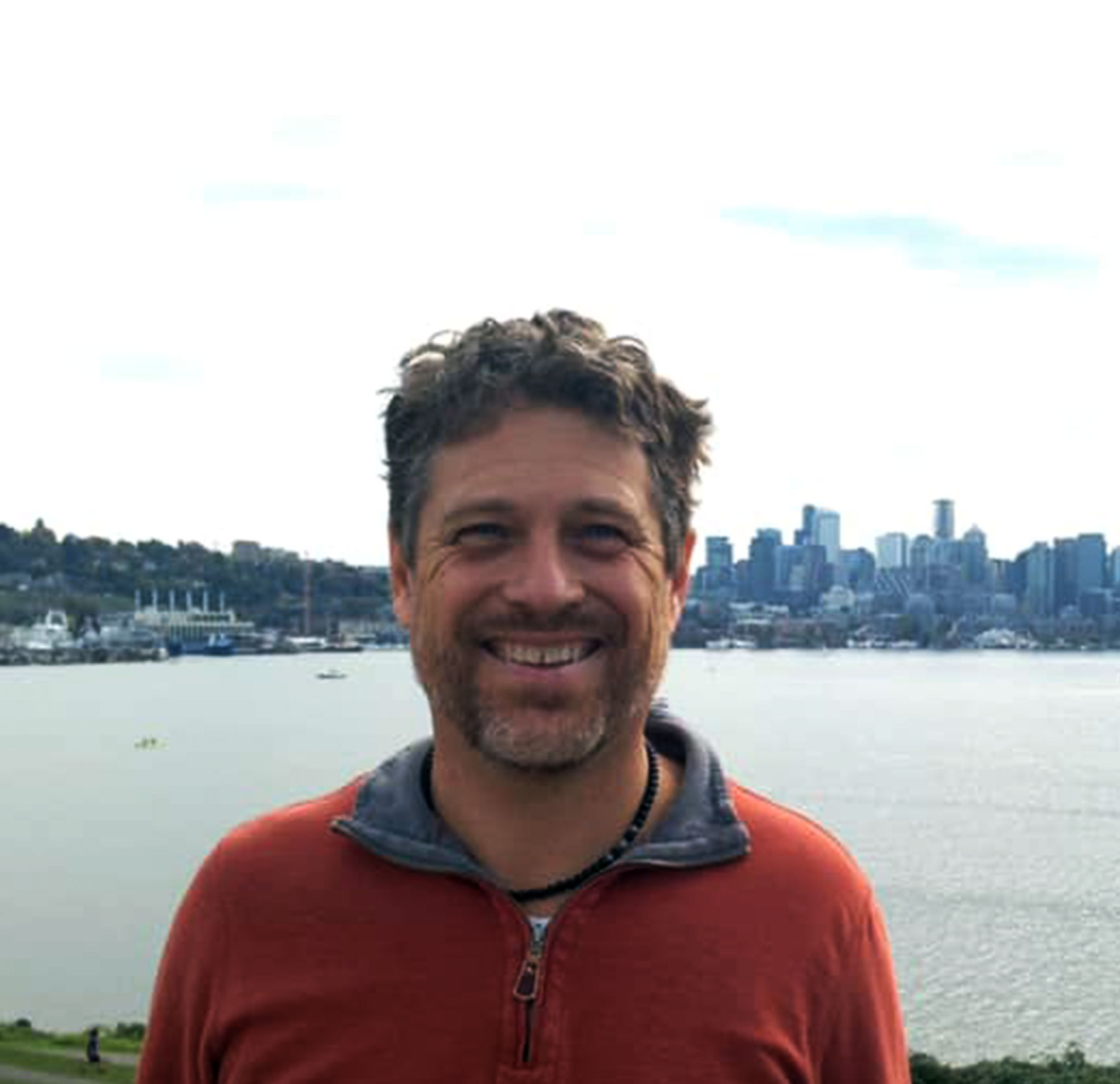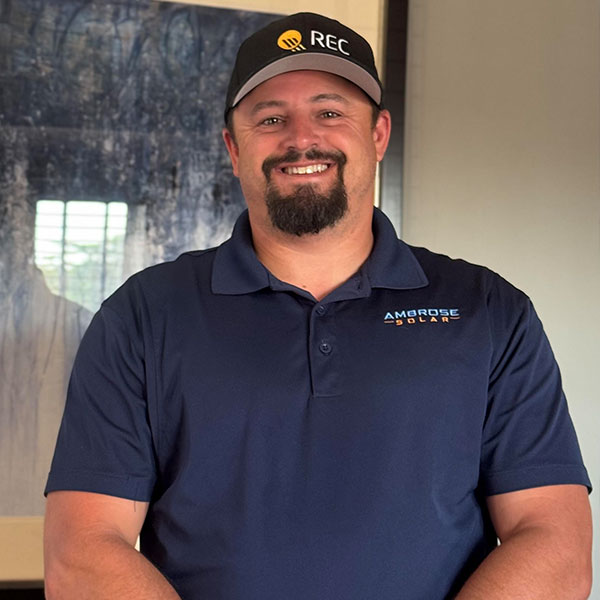From Software to Solar – Building Ethical Sales in Southern California
When I was just getting my feet wet in solar, Paul Sullivan introduced me to Kelley Barber, who was at SunPower by Precis Solar at the time—now known simply as Precis Solar. We clicked immediately.
I still remember my first dealer conference. I was the newest approved agency in the room, representing just two dealers—Precis and Solar Technologies. Surrounded by giants like Scorpion, with over 60 dealers, and Project15, with more than 20, I felt small—like I had a lot to prove.
Around that same time, I was wrestling with whether to offer exclusivity in certain territories—limiting myself to one dealer per market, similar to the Master Dealer model. I’ll never forget Kelley’s advice: “There are enough homes for everyone.” She was right. That one insight changed everything for me.
Instead of limiting growth, I leaned into collaboration. I realized that having multiple dealers in a single market could actually strengthen performance—boosting media leverage, giving us more control in the lead exchange, and lowering cost per click. The more of them there were, the stronger we all became.
And through it all, Kelley had my back. Even as leadership changed hands at her company, she showed unwavering loyalty—speaking up for me in rooms I wasn’t in, making sure people knew the value we were bringing. That kind of integrity is rare.
So when I wanted to take a deeper look at how the industry has evolved and what it takes to build a solar company that truly lasts, I sat down with Kelley to hear her story.
From Software to Solar: Building Ethical Sales in Southern California
Anna: You came from software—what drew you to solar?
Kelley: I came into solar almost by accident. I’d been working in software for years, but the industry was changing fast, and what used to work just wasn’t working anymore. I answered an ad for Green Renewable—a company that had been around since the ’70s—and ended up taking over their marketing and call center operations.
At the time, they were doing all their own installs but outsourcing the sales. And honestly, the disconnect was painful. Sales teams were promising things the install crews couldn’t deliver, and there was zero continuity between what the customer heard and what actually happened. It created a lot of confusion and frustration on both sides. When I came on board, we decided to bring everything in-house—to align sales, design, and installation under one roof. That shift changed everything. Suddenly, we had control over the customer experience, and it showed.
And this was way before all the tools we have now. No PPAs, no leases, no integrated design software. If someone wanted to go solar, they paid cash or took out a HELOC. We had to build our own quoting tools from scratch just to keep up. Even getting someone to agree to a home appointment was a challenge.
But then one day, a customer stood in her yard, grinning ear to ear, watching her meter spin backward. She was in awe. That moment stuck with me. It wasn’t just about the technology—it was about real savings, real empowerment, and giving people control over their energy. That’s when it clicked for me. I was all in. I’ve never looked back.
Anna: You’ve scaled and rebuilt sales teams across multiple companies. What was a turning point?
Kelley: After gaining some experience at a few companies—including an AC company that wanted to expand into solar—I was ready for something that truly aligned with my values. I went on to join a solar company that I absolutely loved, but eventually, it reached a major crossroads. We had scaled quickly and were positioned to either keep growing or intentionally scale back—and they chose to shrink. I stayed for a while, but I knew I wasn’t built to play small.
That’s when I got recruited by Precis Solar, and from day one, I knew it was the right fit. The team was sharp, committed, and genuinely focused on doing good work.
I started as the marketing manager, working alongside a sales manager. But when he left, I saw an opportunity. I told leadership, “Let me lead this team.” I just needed two key pieces in place—and with that, we ran a trial. We started breaking records, month after month.
That’s when we first met. We weren’t just looking for someone to run ads—we needed a true marketing partner with strategic vision. You came highly recommended, and you didn’t just meet expectations—you redefined them. You were ahead of the curve then, and you’re still ahead today. Having your support gave me the space to fully focus on building and leading the sales organization. Those nine years at Precis were some of the most meaningful in my career. We built something that truly worked.
Now I’m at New Day Solar, and I absolutely love it. The team, the culture, the values—it’s all top-notch. There’s a genuine focus on service, on taking care of solar orphan homeowners, and on giving back to the community. It’s more than a job—it’s something magical.
Anna: What’s the one thing most people get wrong about selling solar today?
Kelley: In Southern California, it’s the technical side—especially when it comes to system design and utility billing. A few years ago, it was straightforward: here’s your electric bill, solar offsets it, and you’re good to go. You didn’t need to worry much about time-of-use rates, battery integration, or energy behavior modeling. Honestly, if you could read a bill and quote a price, you could get by.
But that’s no longer the case. Today, it’s a whole different ballgame. Between NEM 3.0, changing utility rate structures, and the push toward electrification—EVs, heat pumps, smart panels—you have to be deeply tuned into how a customer uses energy now and how that might change in the next 5 to 10 years.
You also have to break through the myths—that they’ll never be billed again, that they can use unlimited power, or that all solar companies are the same. Those misunderstandings slow everything down. It’s not just about offsetting usage anymore; it’s about designing for the future, educating the customer, and building real trust.
Anna: What’s the hardest part about closing a deal today?
Kelley: One of the biggest challenges is managing expectations around return on investment. Many homeowners come in expecting immediate, dramatic savings because that’s what their friend or neighbor experienced years ago. But the landscape has changed. Between shifting rate structures, NEM 3.0, and the growing need for battery storage, solar is now a much more technical, nuanced purchase.
To really maximize savings, especially in Southern California, most customers now need to invest in a battery—and that adds cost upfront, even though it increases overall long-term value. Our job is to help them understand that. We use 15-minute interval data, analyze utility rate plans, and map out future energy usage. It’s no longer about dropping a quote—it’s about designing a long-term energy strategy that’s customized, scalable, and resilient.
Anna: What’s your approach to handling tax credit skepticism?
Kelley: I train my team to keep it simple and truthful. Don’t over-explain or dive into the IRS code—most homeowners don’t want or need that level of detail. What they need is clarity and confidence. So we walk them through how the federal tax credit works today, what it’s intended to do, and what it means in dollars and cents for their project. That’s it. Clean and clear.
And then I always remind them, this isn’t our first rodeo. I’ve been in solar since before tax credits existed—and guess what? We still sold solar. If the credit goes away, the industry isn’t going to vanish. Financing will evolve. Lenders will adjust. We’ve already structured deals without the credit and made them pencil—maybe the ROI stretches from six years to nine, but that’s still a solid investment when you consider what utility rates are doing. Southern California Edison is already up 10% this year alone, and projections show 40% rate hikes in the next three years if regulators sign off.
Tax credits help. But they’re not the reason people should go solar. The real reason? Control. Stability. Resilience. Especially when you pair solar with battery storage. So we acknowledge the skepticism—but we shift the conversation toward long-term value. Because if you’re only going solar for the credit, you’re missing the bigger picture.
Anna: If you could outlaw one sales tactic, what would it be?
Kelley: Without a doubt—calling solar “free.” It’s misleading, and frankly, it’s damaging to the entire industry. There are legitimate nonprofit programs, like Grid Alternatives, that provide truly free solar systems to qualifying low-income families. I’ve been on their sites; I’ve seen how it works—manufacturers donate equipment, and volunteers handle the installs. It’s the real deal. But that’s the exception, not the norm.
Most companies throwing around the word “free” are twisting the truth—talking about PPAs or leases where you’re simply swapping your utility bill for a different one.
But guess what? You’re still paying. It’s not free—it’s a financial agreement with long-term implications.
When companies lead with gimmicks like “no cost solar” or “get paid to go solar,” it erodes trust—fast. Homeowners get skeptical, and rightfully so. And when they eventually realize there’s a contract involved, a payment schedule, or escalation clauses, they feel duped. That hurts all of us who are out here trying to build honest, long-lasting relationships.
Anna: Where do most salespeople lose trust with homeowners?
Kelley: It’s simple: when they don’t follow through. You say you’re going to call tomorrow? Call. You say you’ll send a revised proposal? Send it. Homeowners are trusting you with one of the biggest investments they’ll make in their home. If you drop the ball early, it’s hard to rebuild that trust. Our standard is underpromise, overdeliver, and communicate constantly.
Anna: Where’s the biggest drop-off in the sales funnel?
Kelley: Inconsistent follow-up, hands down. Reps get overwhelmed. They take on too many leads and end up ghosting the harder ones. Not out of bad intent—just poor systems. And in solar, one missed call can cost you the sale and the referral.
We’ve made it a priority to solve this. First, with automation that keeps the conversation alive even if a rep is tied up. And second, with smart lead distribution. We look at close rate, availability, specialization, and workload. That way, each lead goes to the right person at the right time.
Anna: How are you structuring your team differently?
Kelley: We’ve built our team around expertise and specialization. Every salesperson is also a system designer, so they’re not just selling—they’re crafting real solutions. Leads are assigned based on strengths—residential, commercial, backup systems, batteries, you name it. We’re thoughtful about matching the customer to the right expert.
That said, based on my experience, I think we’d see even stronger performance by splitting the setter and closer roles. Let the setters qualify and prepare, and let the closers focus on designing and closing. That clarity lets each person operate in their zone of excellence.
Anna: How are customers finding solar companies today—and which lead sources are actually converting?
Kelley: The biggest shift we’ve seen—especially since NEM 3.0—is how cautious homeowners have become. Trust is harder to earn now. We’ve had a wave of “solar orphans”—people whose installers vanished after the job, leaving them with no support. Now, customers aren’t just looking for the best price—they’re looking for staying power.
That’s why organic leads are gold. We focus on service, community involvement, and reputation. It creates a long tail of trust. We’ve tested third-party lead sources, but unless your speed-to-lead system is flawless, it’s a waste. You’re often competing with five other companies, and the leads aren’t always legit.
That’s actually why we launched our podcast, Speakeasy with Eric and Cory, where we dive into what’s really happening in the solar market. We don’t shy away from the tough topics—episodes like “Solar Is a Scam” or “What Battery Storage and Power Outages Really Mean” help homeowners cut through the noise and make informed choices. People appreciate that kind of honesty.
Anna: Have you noticed a shift in demand for backup systems?
Kelley: Absolutely. Backup used to be a nice-to-have—maybe 10% of homeowners asked about it. But after the LA wildfires, blackouts, and PSPS shutoffs here in SoCal, that flipped. Suddenly people experienced days without power—spoiled food, lost work, and even medical emergencies.
Now about 90% of our customers are asking for backup. Whether it’s batteries, generators, or SPAN panels, energy resilience has become essential. We’re not just solar installers anymore—we’re energy partners.
Anna: What do you wish utilities or permitting agencies understood?
Kelley: That we know what we’re doing. With storage more common, we’re dealing with extra layers of approval—jurisdiction plus fire department. These folks are experts in their field, but not always in solar. So now, part of our job is educating them. Walking them through the code. Explaining system design. It slows things down and adds cost, but it’s necessary. Long-term, we need better alignment.
Anna: Do you believe in educating the market—or just filtering for buyers who are ready?
Kelley: Educate. Always. That’s how you build real trust. We’re not trying to be the biggest—we want to be the most respected. That means taking time to inform, correct myths, and offer real solutions. The sales will follow. But only if the foundation is solid.
Closing Thoughts
Sitting down with Kelley Barber is like getting a masterclass in what solar should be—grounded in service, guided by strategy, and built on trust. Her career journey—from building quoting tools by hand to leading elite sales teams at Precis and now New Day Solar—shows just how much the industry has evolved. But more importantly, it reveals what hasn’t changed: the need for integrity, clarity, and real connection.
Kelley reminds us that selling solar today isn’t about hype or hard closes. It’s about precision. It’s about knowing your customer, understanding their utility rates, and designing for their future—not just their past usage. It’s about cutting through the noise of “free solar” pitches and helping homeowners make smart, informed decisions that will stand the test of time.
She also proves that leadership isn’t just about running numbers—it’s about standing by your team, speaking up for your partners, and showing up when it matters most. Her approach to structuring sales around expertise instead of ego and advocating for educational marketing over quick wins is a blueprint for long-term success in a crowded, often chaotic market.
The biggest takeaway? You don’t have to be the loudest to lead. You just have to be the most trusted.





